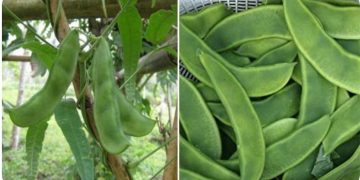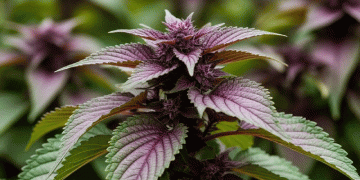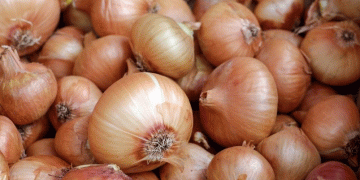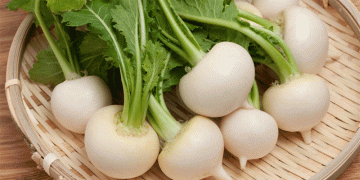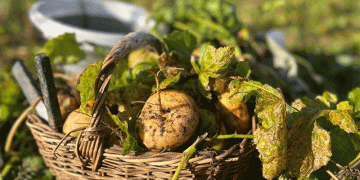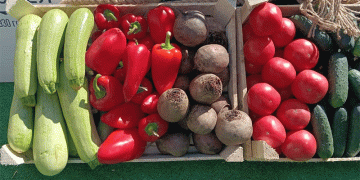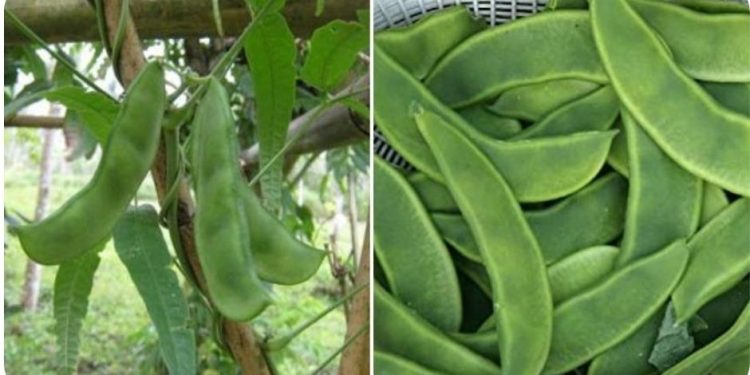Using Old Tires in Garden
Hello friends, today we are here with a new topic of “Using Old Tires in Garden”. If you are using old tires for growing plants, that would make your garden more attractive. Turn an old tire into a garden planter to make an environmentally friendly process. Usually, tire gardening is a great method to save the planet, by recycling old rubber tires, and to maximize crop yields, and minimize the amount of work it takes to produce a successful garden. It is easy to do and you simply grab a tire, plop it in the garden, fill it with soil, and plant. In this article we also covered the below topics about how to use old tires in a garden;
- Is it safe to use old tires in a garden
- How do you use an old tire as a planter
- What can I do with old tires in the garden
- What plants grow good in tires
- Making old tires made into garden pots
- Uses for old tires in the garden
- How to grow plants in tires
- Creative uses for old tires
- How to make a tire garden
A Step-By-Step Process for Using Old Tires in Garden
Generally, old tires can be stacked in a pile and then used in the garden to form small garden beds for vegetables and flowers. These mini-gardens need less water. Also, the soil warms up faster when it is above the ground and this additional heat stimulates the growth of the plants. Herbs, peppers, potatoes, and other crops are also perfect for growing in tires.
Turn an Old Tire into a Garden Planter
Turn an old tire into a garden planter is easy to place one or more tires on the ground and then fill these with soil or compost. These make great planters for some flowering plants, however, it is not recommended to use them to grow vegetable plants because of chemicals leaching from the rubber. The tires can be decorated by painting them with brightly colored paint for a fun and great look. The size of the planter can be change by adding more tires. Stacking 2 or 3 tires can give a planter a substantial depth making it ideal for small shrubs.
Initially, get old tires, clean, wash, disinfect and set out to dry. The tires can be painted to add a color code to your farm and also make it very attractive. Prepare the site for the tires this should be clean, free of weeds, and in an easily accessible place. Get the soil that should be treated to ensure it is free of pests. Get your compost and then mix with soil to prepare for planting.
Why Grow Food In Tires?
The reason behind growing food in tires is hassle-free gardening. For example, growing potatoes in a tire garden are easy. The method starts by placing a cardboard sheet under the tire, adding some chitted potatoes, and covering it with mud. As the potato plant grows in height, stack one more tire and follow the same process until these tires are filled with sprouting buds. Harvesting from them is easy too and knocks off the tires and rolls out the potatoes. The tires can be stacked in a pile and used as small garden beds for flowers and vegetables too. This can be quite useful for growing tomatoes, and you may be the first one in the neighborhood to enjoy the fresh and juicy tomatoes in a tire.
Another innovative yet space-saving way to use tires in the garden. Though, this can be hung from trees and walls to save space and go vertical. Also, these are best for flowers and small shrubs. To make it yourself drill 3 to 4 holes in the bottom for better drainage and line them with a weed barrier. Add some potting mix and then place the plant.
Raising the Roots in Tires
One of the best methods to grow vegetables in cool climates is to grow them in raised beds. Some of the benefits of raised bed gardening and how the method is a great way to use old tires for growing plants;
- When the soil is elevated, and it warms faster. The black, heat-absorbing tires compound the warming effect.
- It dries out more quickly. These rubberized raised beds are useful in improving water drainage in heavy clay soils. The soil is more exposed, and the sun and then wind help to dry and warm the soil more quickly. It provides deeper soil for root crops to develop quickly.
- You can plant earlier in the season and get plants off to a healthier. This is particularly true in cooler climates where spring rains often keep vegetable garden soil wet and cold. For growing plants in tires, excess moisture tends to drain away quickly and the soil remains warmer, thus allowing for earlier planting. You can harvest later into the fall season. Because of the longer growing season, you have the possibility of growing a wider range of vegetable plants. This will result in less weeding and also greater production.
- Finally, raised bed gardening puts plants and then soil back into the reach of older gardeners or others who cannot do a lot of bending as required with an ordinary garden.
Benefits of Tire Gardening
There are plenty of benefits to tire gardening. Here are a few;
Recycles Old Materials – By using tires helps to warm and dry soil quickly, providing the perfect environment for growing tomatoes, sweet potatoes, and other plants. The water drains more effectively from the tire compared to it does from poor-quality soil. It allows for deeper soil if you have hard-packed ground. Clay soil is difficult for the roots of many vegetable plants like carrots and potatoes to penetrate.
The costs get even higher when it comes to disposing of oversized tires such as those from tractors or skidders. It is impossible to get rid of them at all, and they end up sitting around and wasting space. Some people burn tires, which is not safe. It releases dangerous chemicals such as polycyclic aromatic hydrocarbons, styrene, and benzene into the air, all of which are human carcinogens.
There are several ways to recycle old tires, like reusing the rubber for athletic turf or playgrounds and swings. By using tires to grow vegetables is a great method to use up these tires and it is the perfect green solution. Tires are filled with chemicals and metals and are not safe containers.
Easy to Do – Unlike a raised bed made out of wood or stone, building a vegetable garden in a tire needs virtually no construction. For this process, you grab a tire and then plop it in the garden. After that, fill it with soil and plant. A tire garden is a perfect solution because you can fill it with loose and airy soil at least several feet deep. If that isn’t reason enough, using tires means you can plant earlier in the season.
Warms and Dries Soil Quickly – If you are unfortunate enough to suffer from wet, clay soil and a tire garden is a perfect solution. Not only will a tire help warm up the soil faster, and also providing the perfect environmental conditions for growing things like sweet potatoes and tomatoes, but it also stays drier, too.
Less Maintenance – While you’re watering and fertilizing plants needs will likely stay about the same, you’ll find that you have much less weeding to do when it comes to tire garden. If the garden is elevated, it’s less likely that weed seeds will make their way into the garden. Also, a tire garden is a great idea if you are gardening in a cramped space such as an urban garden.
Different Methods to Use Old Tires in a Garden
Gardening in large containers and raised beds are the best option in many situations like when poor local soil conditions make it difficult to garden. Fill a few large containers by using potting soil or good purchased topsoil, and you need not worry about garden soil at all. To make raised beds, using recycled materials appeals to a gardener’s natural fondness for self-sufficiency. Therefore by using old automotive tires to make a tire garden is an easy process.
1. Make a Raised Bed
Tires can be used to make a raised bed for growing plants. In this process, the tires can be arranged formally in lines or can be staggered to give a more organic feel. Then, it is best to secure stacked tires to reduce the risk of them getting knocked or falling over. Tire planters are ideal for no-dig gardens. Also, large tires can be used as a compost bin. More tires can be added as required. While this might not be an attractive form of the compost bin, it is cheap and a good method to use unwanted tires. There are several advantages to using tires in this way. Not only do they need less water, but the black rubber will absorb heat from the ground. Even if you do decide to paint the containers, the soil will warm up quickly when it is above the ground, but your plants will grow faster.
2. Use Tires as Hanging Containers or Make a Hanging Tire Planter
Instead of paying a ton of money to buy hanging baskets, you could want to consider using old tires. Used tires work better than new tires for growing plants, which have a coating that can bleed through the paint. For using new tires for planting, let dry for a couple of days after the first coat, and then add a fresh coat of paint.
Directions
- Firstly, drill drainage holes in the bottom of the tire if needed.
- Spray-paint tire and then building up paint in layers for an hour. Let dry.
- Plant favorite seasonal flowers in the tire.
- Then, use a rope to hang the planter from a tree or porch. Make sure the knot is tied securely.
You might not have a wall that you could attach a tire but you could still turn a tire into a planter and then suspend it vertically from a rope.A hanging tire planter or use tires as hanging containerscan be the perfect addition for a balcony or porch or even provide additional growing space in a greenhouse.Then, such planters might not be used for edible food. But they can help you grow your own by attracting beneficial wildlife if used to grow a range of flowers year-round.
3. Stack Tires to Store Composting Materials
You could also use a stack of tires to make valuable compost to aid you in growing endeavors. A tire stack lined with a suitable material can be used as a composting bin. The heat provided by the tire structure can help speed up composting in cool weather areas.
In hotter areas, the stack must be painted or covered with lighter material to prevent the compost from overheating or drying out too much. Then, there are so many options for versatility with this idea. You can make the garden as colorful as you want by choosing paint and flowering plants that pop.
4. Create a Terrace Garden
You don’t have to have an acre garden to use tires, either. You can even make the most of the tires in a container garden and simply place a previously potted plant inside an old tire. It will also deter a variety of garden pests such as rabbits and certain insects.
By creating a tire terrace garden use tires as décor for already potted plants. Mixing and matching colors between the pots and then tires will make an even more interesting effect. The tires encircle the pot creating a unique lawn decoration that can even deter garden pests such as insects and rabbits.
5. Scalloped Tire Container
If you want to take tire planter ideas up a notch, consider cutting the top of the tire. Then, this will make a gorgeous edge that looks scalloped, helping you draw attention to the new decor in the garden.
6. Painted Tire Planter
Add a touch of elegance to your garden by painting old tires to look like polka dots, bricks, etc., which strikes your fancy.
7. Make a Tire Garden Retaining Wall
Stack multiple customized tire planters to make your retaining wall. It’s not only gorgeous to look at, but it’s easy to maintain also. All you have to do is water the top planter and the water will step down to the rest of the plants.
8. Save Money on Planting Trees
When you’re planting a small tree in tires, it can get expensive in a hurry. If you throw the tree directly in the soil, you’re going to have some issues with erosion and nutrient loss. However, plant a small sapling in a tire and it will protect the tree’s fragile roots while it is getting established. You can stack a couple of tires to make a deeper pot, and to get rid of the tires after the tree has grown, all you have to do is cut it off from around the trunk.
Tire Vegetable Garden
Turn old tires into great vegetable planters that can withstand sun, rain, and colder temperature conditions. If you are going an extra step to lift the tire planters on a ledge or platform of some kind can help reduce pest infestation. You can easily paint the tires by using color or just leave as-is for an interesting effect. Then, the tires are deep enough to safely house all kinds of vegetables.
Some vegetables need space and do well as container plants. Tomatoes, peppers, and other plants like the space provided when they are planted well away from other vegetation. Stacking tires, rather than wooden frames also will give you the perfect potato tower from which you can grow and harvest potatoes well into the colder season.
Fill Tires to Make Raised Bed Edging
Also, you could edge raised beds with rows of earth-filled tires planted up with companion plants. For using tires as planters in this way, it is worth noting that black tires will heat up quickly. So these can be a better option for cooler climate zones.
You could consider painting tires a lighter color, so they do not retain as much heat. Placing smaller tires around the edges of a raised bed can help to retain the soil within, and could be planted up with flowers and other non-edible plants that will attract pollinators for plants within the growing area.
Tire Compost Bin
Used tires can also be made into a good compost bin and this is an easy process. Large truck tires work well and cut the sidewalls out of both sides using a sharp utility knife. Place one on the spot where you want the bin to be located. Be sure to turn the soil on the location where you place the bin. Then, this better exposes the composting material to the bacteria, earthworms, and compost builders. As you fill the first tire hoop, merely place another atop it and then fill it. Repeat the process until you have them stacked 5 or 6 high. Then, you can keep filling tires with garden and kitchen scraps and other compost or just start another pile.
Remove the top hoop after the compost has worked for several weeks and then place it on the ground beside the original bin. Then, fork the top layer of composting material into this hoop. Remove the next hoop and then place it atop the one on the ground. In this method, you have completely turned the working compost pile from top to bottom, perfect for producing good compost in record time. After several more weeks, the compost must be getting that good earthy smell and will be ready to use.
Use Old Tires to Grow Leafy Vegetables
In case if you miss this: Planting Root Vegetables.
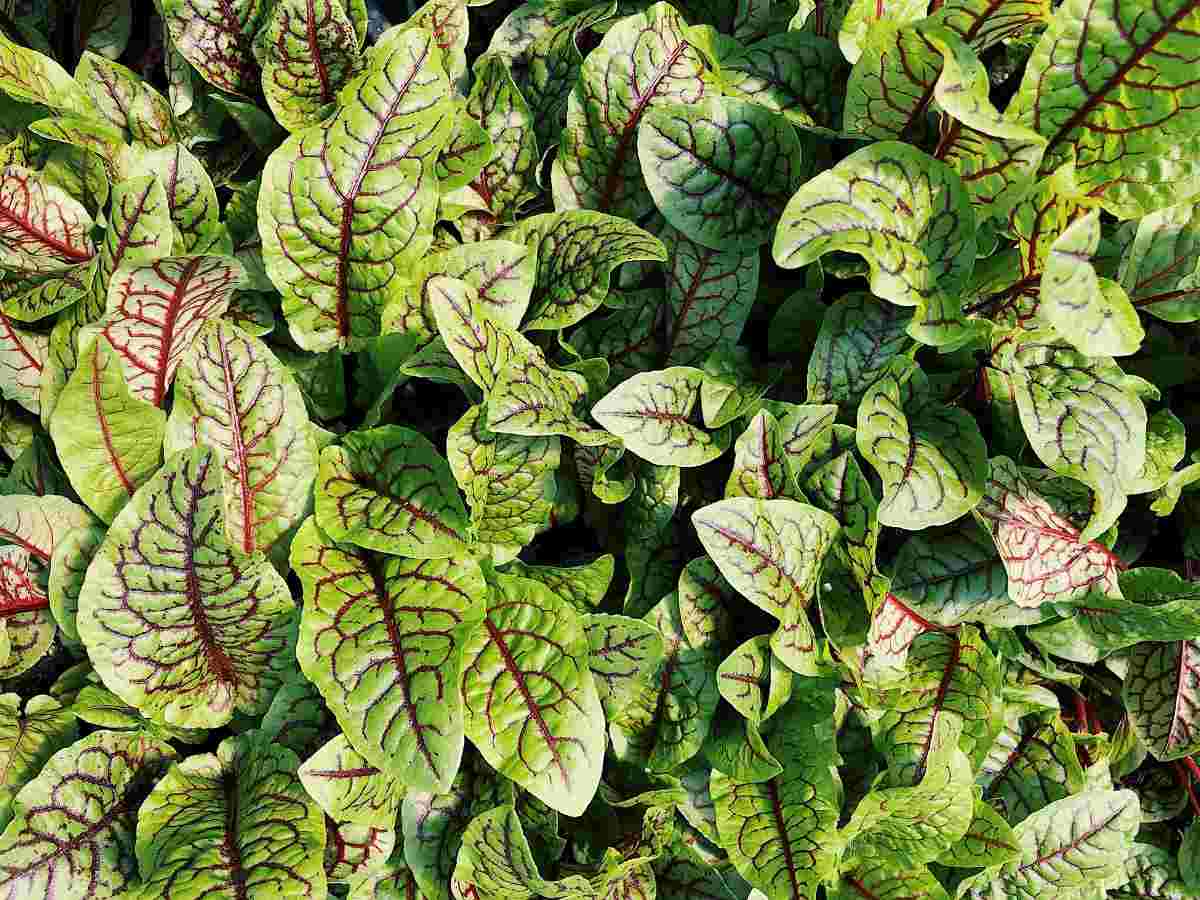
Step 1: Tools and Accessories
Initially, you need to cut and then remove the top portion from one side of the tire and close it from the bottom to make it suitable for planting. For that the below tools and accessories are required;
- A variable-speed drilling machine
- A Jigsaw
- A knife
- Synthetic woven packing materials
Step 2: How to Cut the Tires
- Lay the tires flat on the ground and drill 3 to 4 holes adjacent to each other along the top outer edge of the tire
- Connect these holes using the knife so the blade of the Jigsaw can be inserted through the slot
- Now insert the Jigsaw blade in the slot and cut along the outer edge of the tire
- Remove the cut portion and you have tires wide enough to use it planting.
Step 3: Prepare the Synthetic Packing Material
Synthetic woven packing materials used for packing fertilizers. These synthetic woven packing materials will retain the soil and allow the excess water to drain out. Synthetic packing material is durable and will not get damaged due to soil and water like organic ones. If the packing material is stitched, then cut along the stitch and then make it a single large piece.
Step 4: Prepare the Soil
- Take equal amounts of garden soil, Farmyard manure, and coir pith or coco peat.
- Mix all together and then prepare the potting soil
Step 5: Fill Potting Soil in Cut-tires
Spread the synthetic packing sheet and then place the cut tire on top of it so that the cut portion is on top Fold the excess sheet inside the tire. At the same time fill potting soil inside the tire so that the packing sheet is uniformly inserted inside the tire.
Step 6: Sow Leafy Vegetable Seeds
- Firstly, you need a different kind of leafy vegetable seeds. For example, you can use different varieties of Spinach, Amaranthus, and Fenugreek seeds
- Sow the seeds over the prepared tires and sprinkle water over them
- Find the seeds that started sprouting within a few days you will
- Water them regularly, if required twice daily
Step 7: Harvest the Leafs and Enjoy
Within a month the leafy vegetables will be fully grown and then ready for harvesting. The plant leaves will regrow again and again within a week after harvesting. You can enjoy fresh, healthy leaves for 4 to 5 months with this arrangement.
You may also check this: Dragon Fruit Cultivation.
Process of Growing Potatoes in a Tire
- Initially, gather the tires, but beware of spiders, such as red-backs, that can hide in the rims. Handle with care, and then give the tires a good hosing-out before they are used.
- Select a sunny spot in your yard, garden, or on a patio or balcony.
- Select a patch of ground such as a corner of the garden where grass won’t grow and place a tire flat on the ground.
- Put in a layer of hay or potting mix, then put in seed potato.
- Bury the seed potato with more potting mix or by using hay.
- Add the second tire and more layers of potting mix or hay as the potato grows. Keep well-watered.
- The first potatoes must be ready in two to three months. To check, wriggle your hand down through the layers of mulch and soil until feel potatoes on the roots. You can begin to harvest potatoes when they are small but these will not store and should be used straight away.
- Then, add mulch, compost, or hay to the potato patch and do not allow potatoes to be exposed to light.
- When your potato plant has flowered and starts to die down it’s time to harvest the full crop around 16 to 20 weeks from planting). Simply kick the tires aside and pick up your Potato crop. The tires can be stored until next time and the rich ‘soil’ can be used as mulch in the garden.
- Once your tire is in place and then you have filled it with soil, it’s time to plant. Other care requirements are weeding; watering, fertilizing, and harvesting will be the same as they would be if you were growing in any other kind of raised bed system.
